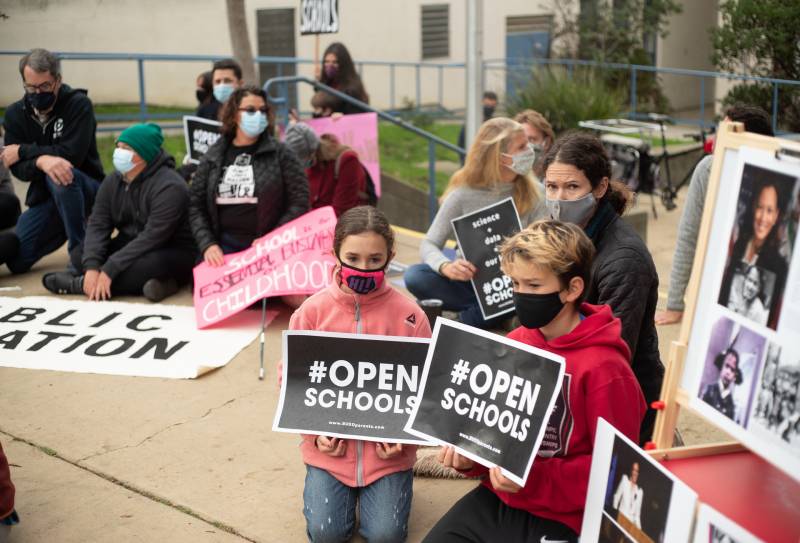As educators around California await further guidance from Sacramento on school reopening, the Centers for Disease Control and Prevention issued a color-coded guide to help school districts decide under what conditions they could offer in-person instruction.
The CDC guidance for schools bears a striking resemblance to what California already has in place in regard to its much broader tiered system of reopening guidelines for businesses and activities. But the CDC's guidance could generate more confusion because the color codes it has in mind don’t match California’s four-tier system.
In one of the strongest statements on this topic yet from the CDC, the guidance states that “K-12 schools should be the last settings to close after all other mitigation measures in the community have been employed, and the first to reopen when they can do so safely. Schools should be prioritized for reopening and remaining open for in-person instruction over nonessential businesses and activities.”
Despite this strong statement, the new guidance leaves crucial decisions around vaccinations and testing as voluntary strategies that could be implemented at the discretion of local communities.
Reinforcing what Gov. Gavin Newsom has been saying, the CDC says vaccinations “should not be considered a condition for reopening schools for in-person instruction.” It also does not require schools to do asymptomatic testing of staff and students, although it says that schools “may elect” to do so “as a strategy to identify cases and prevent secondary transmission.”

